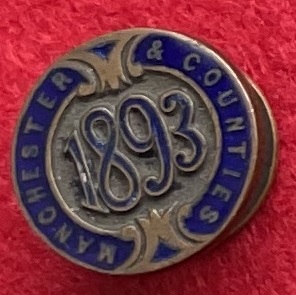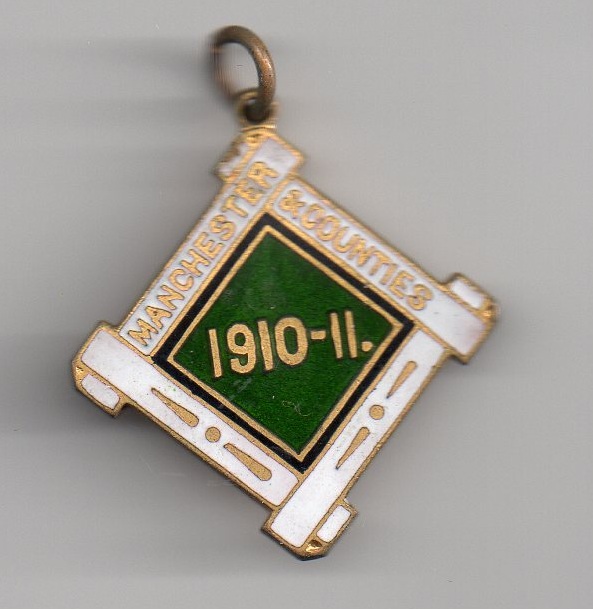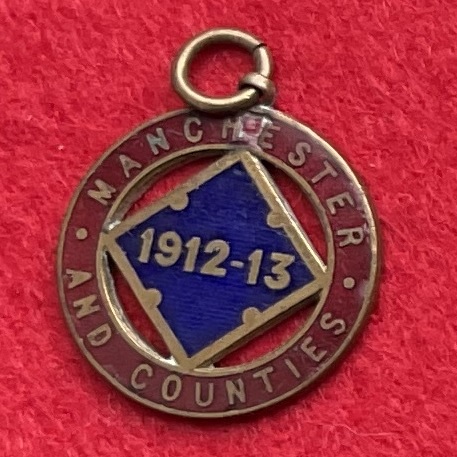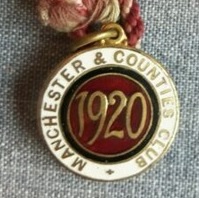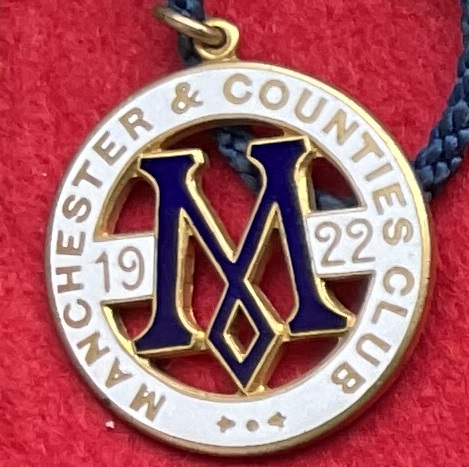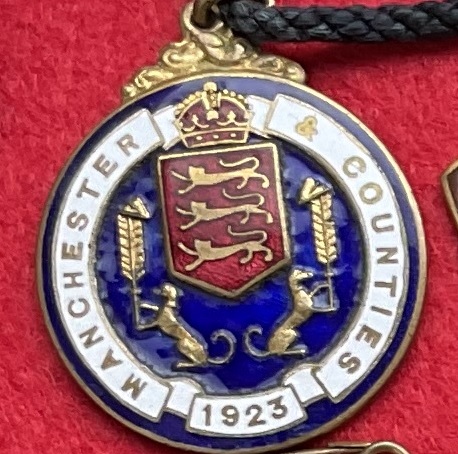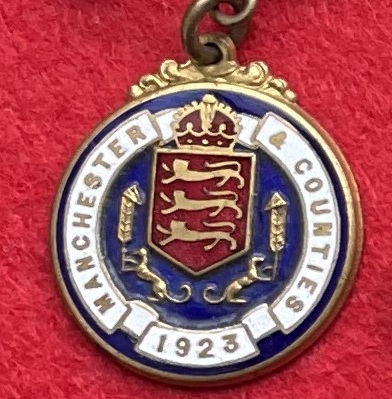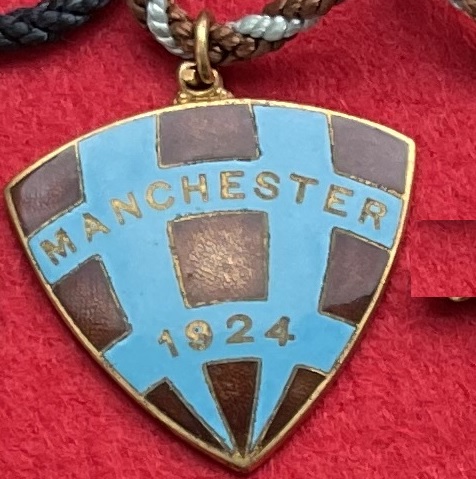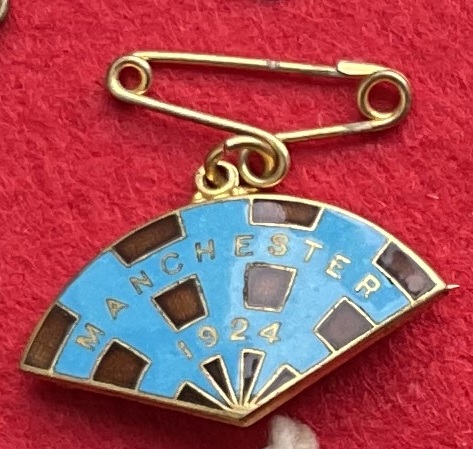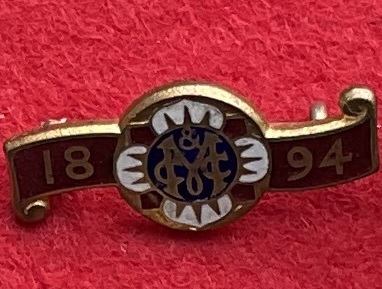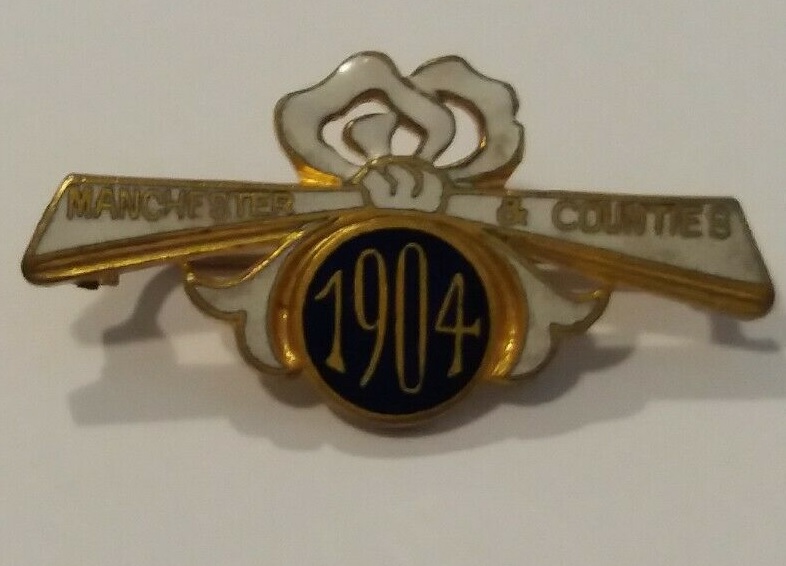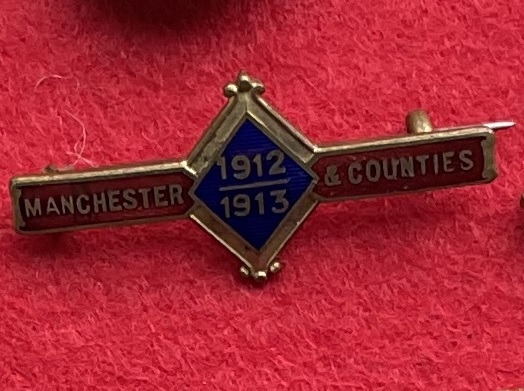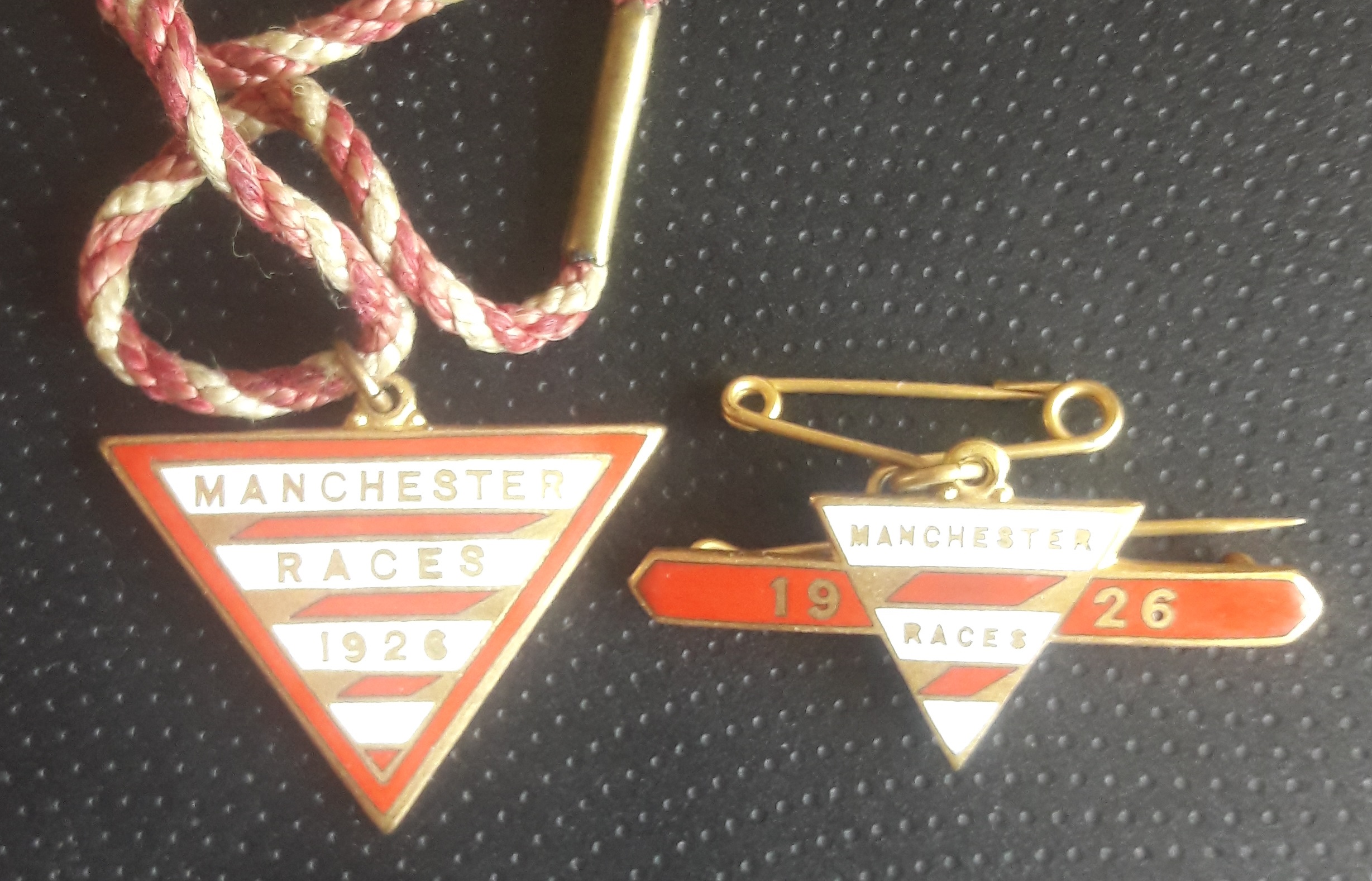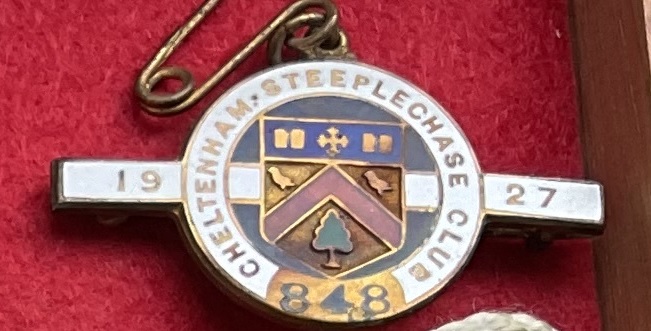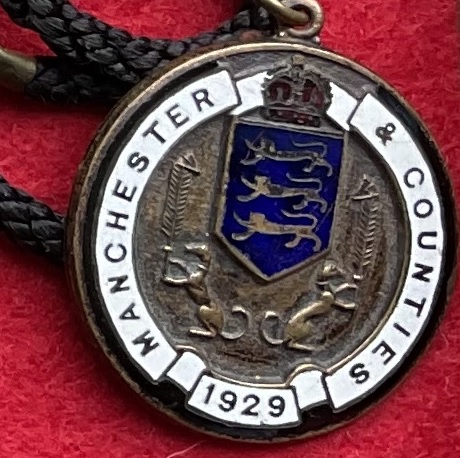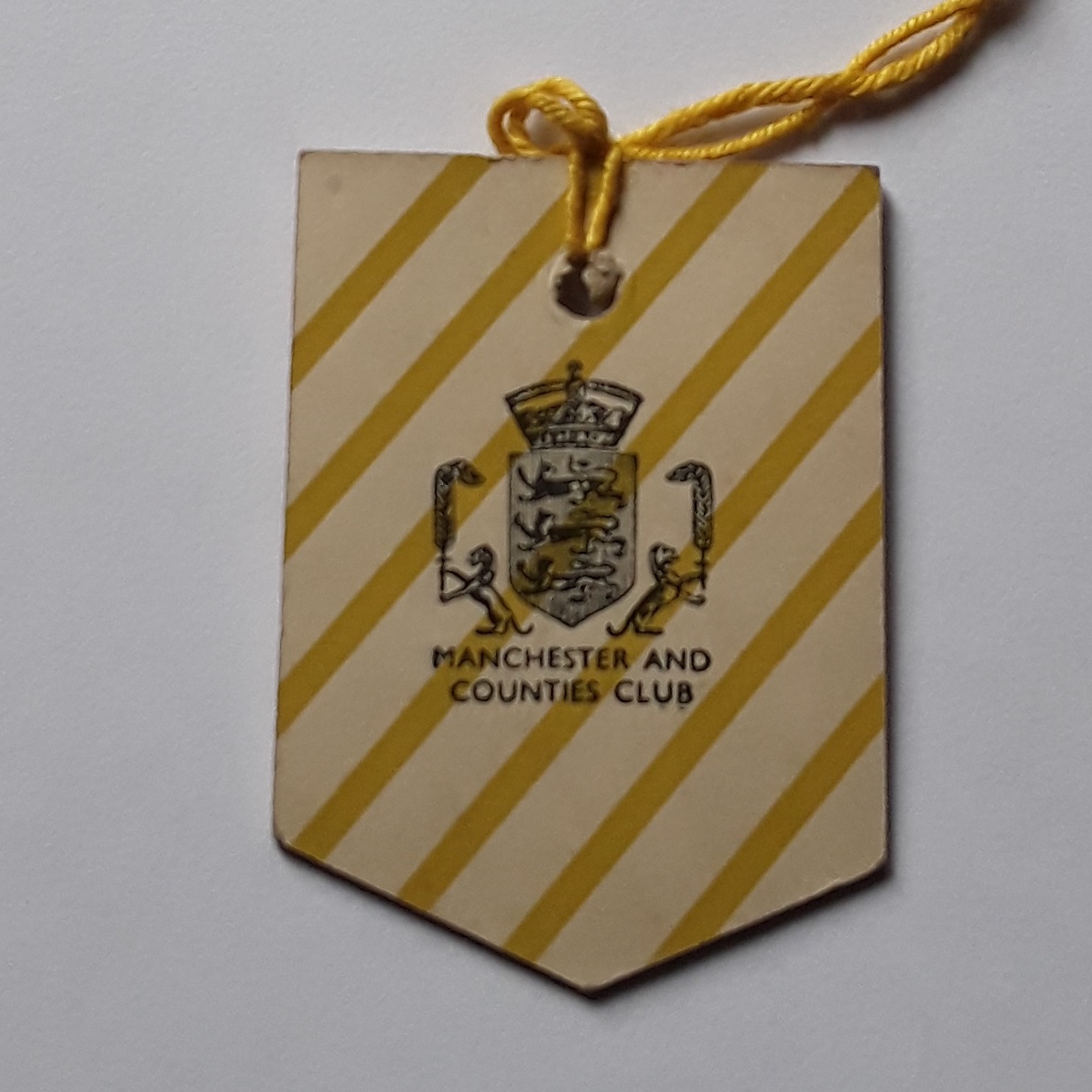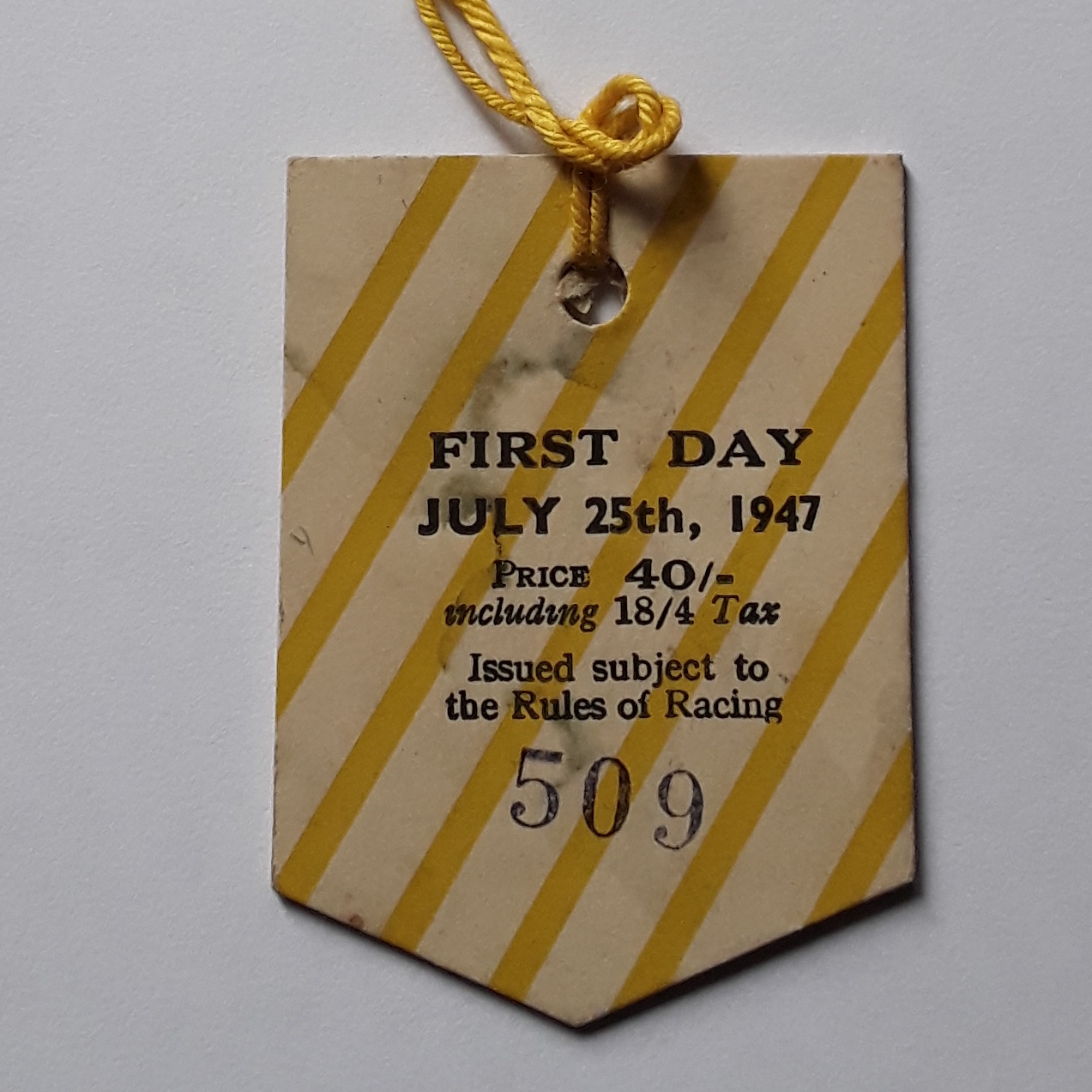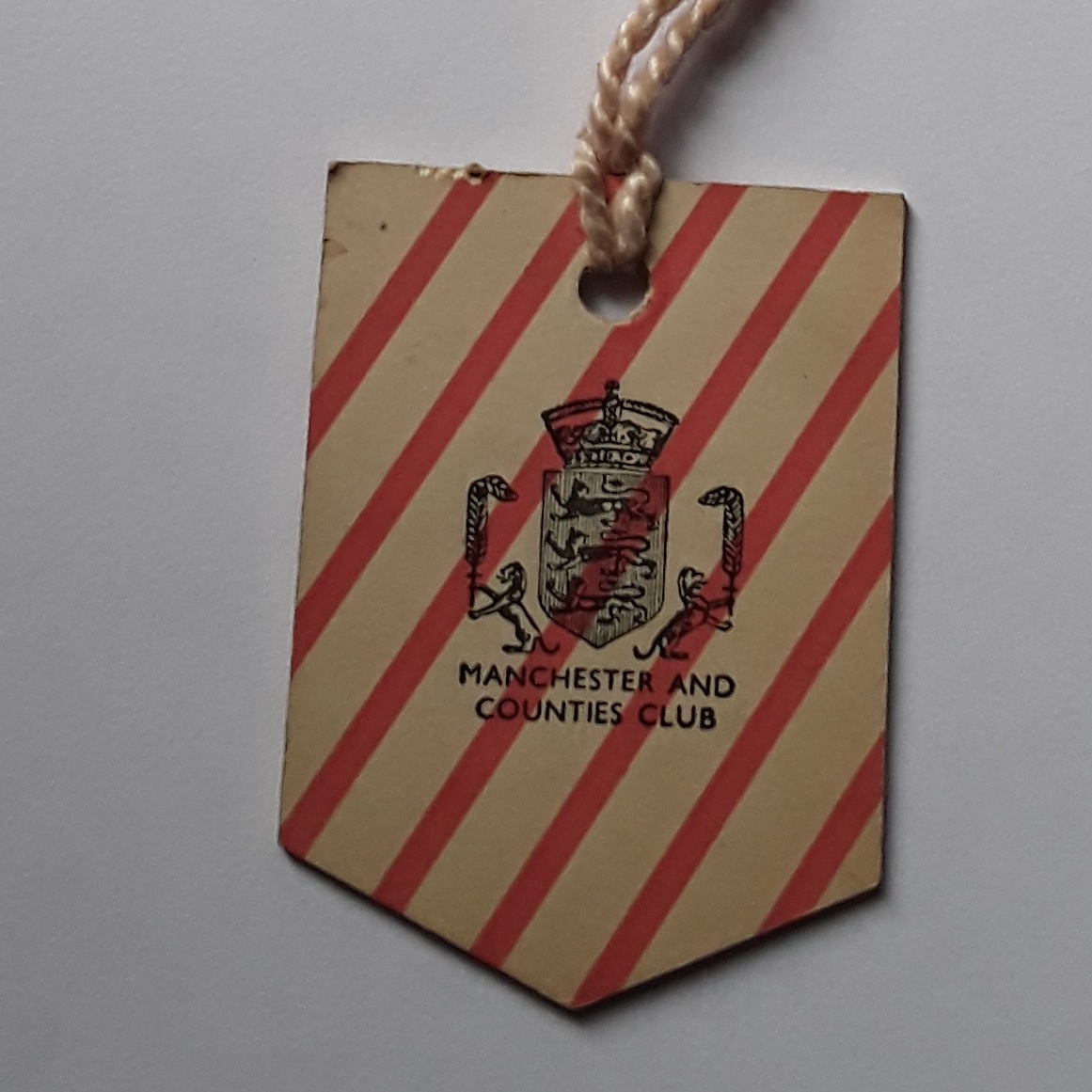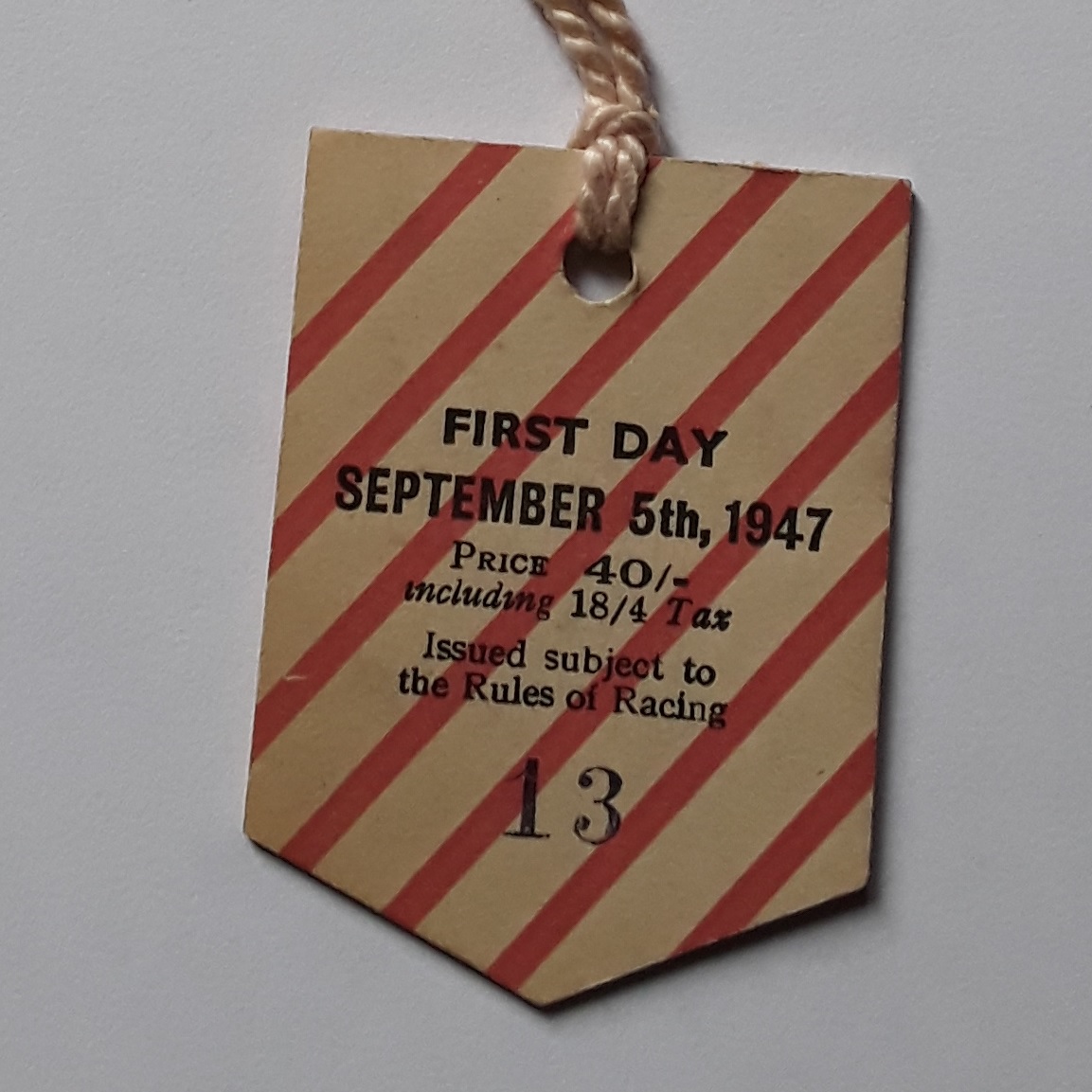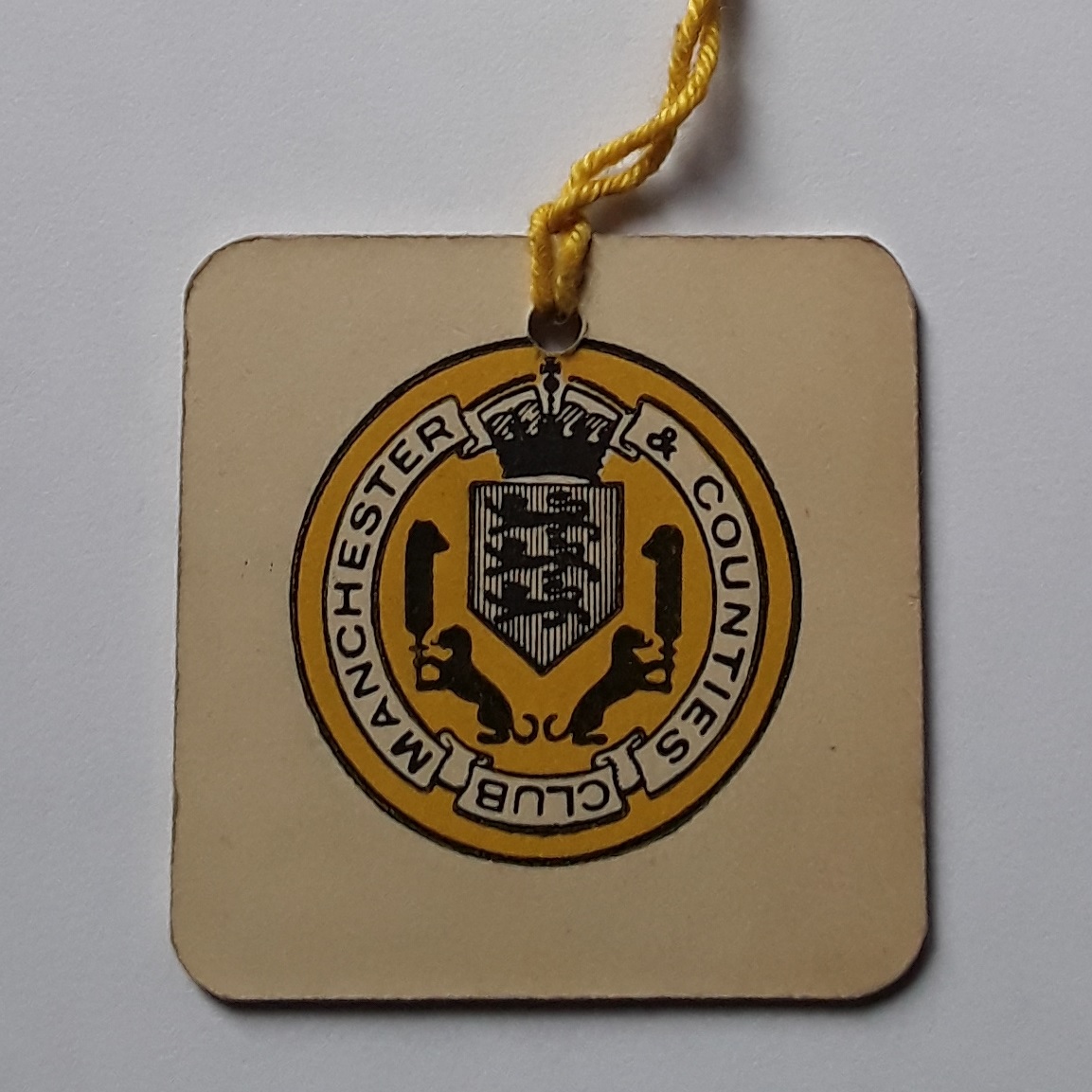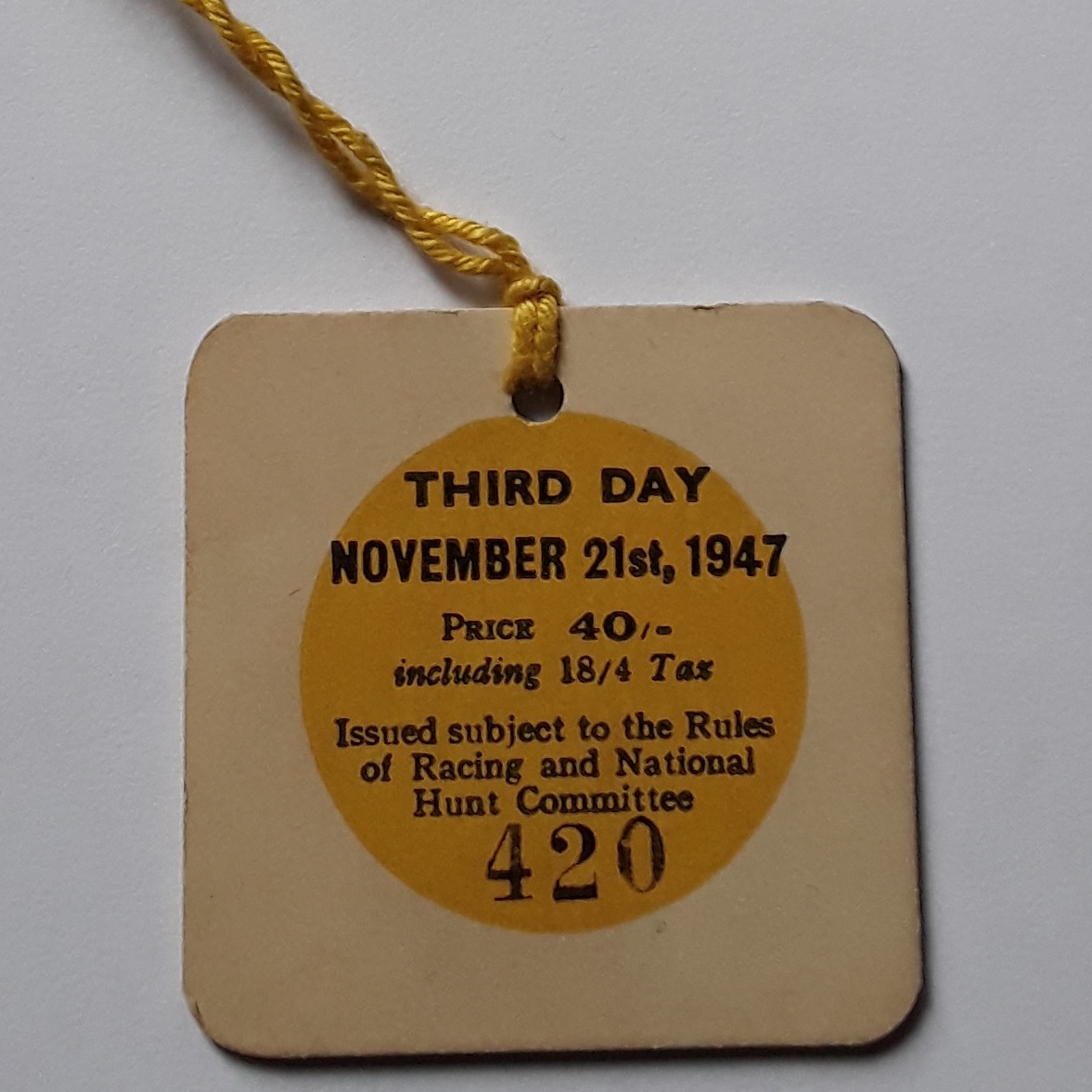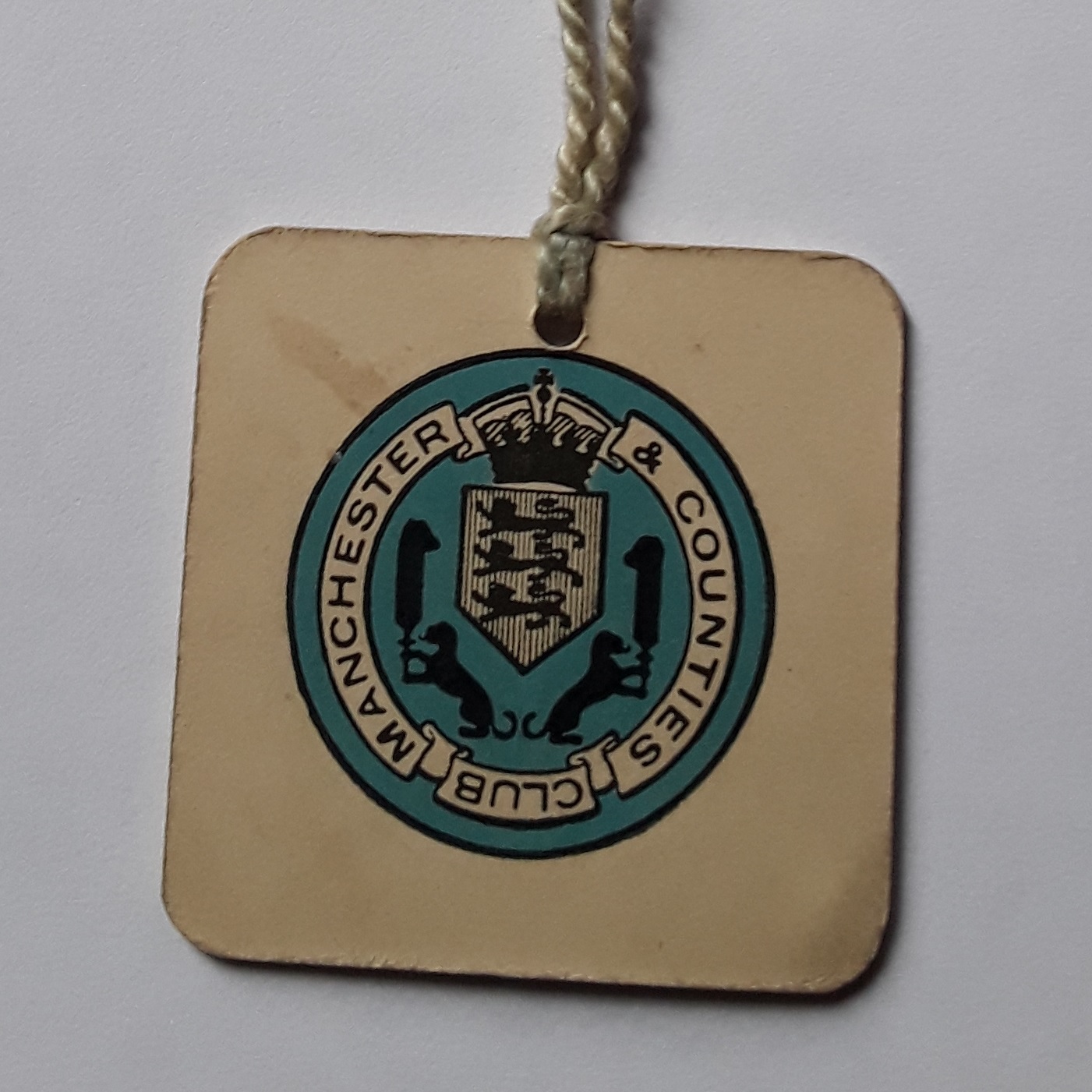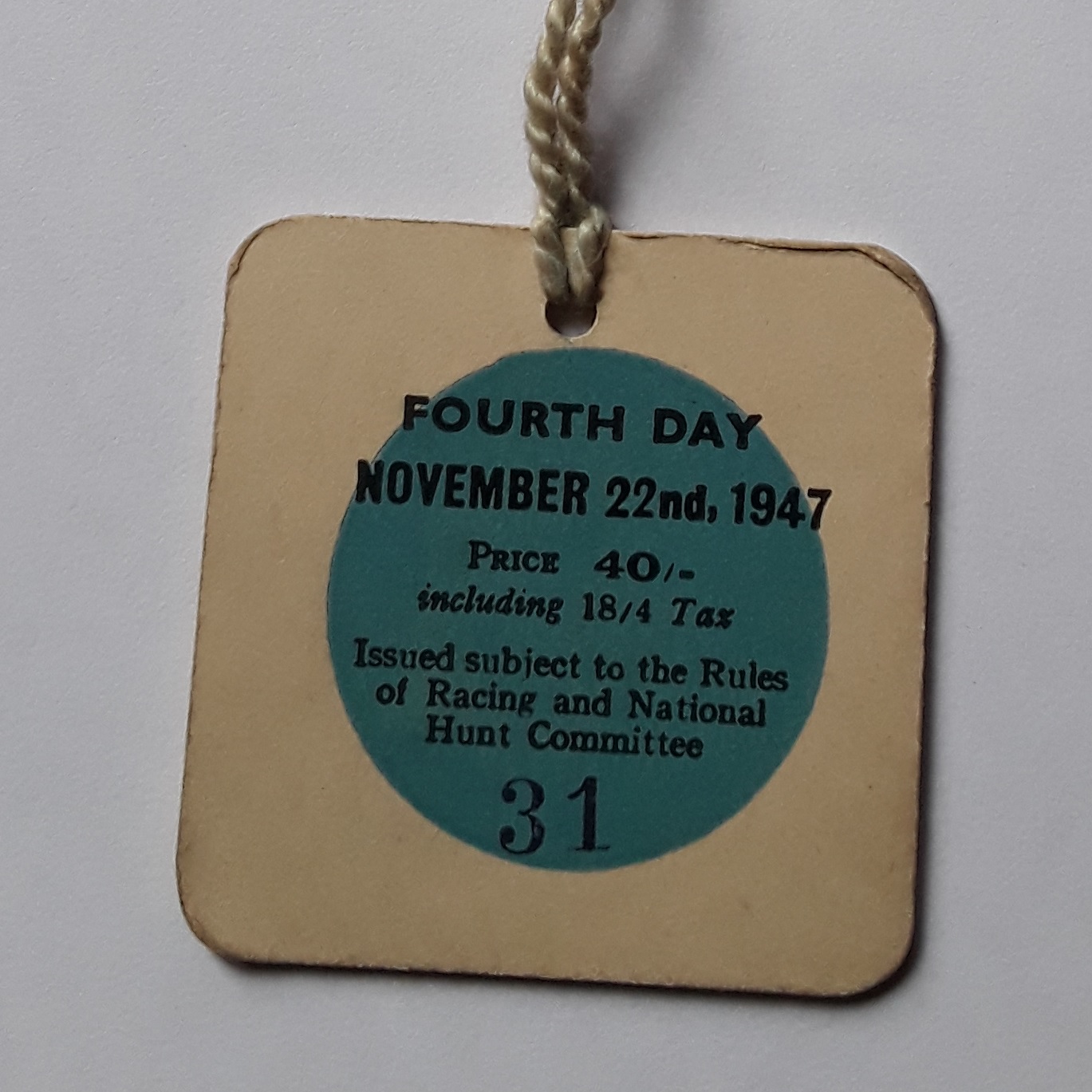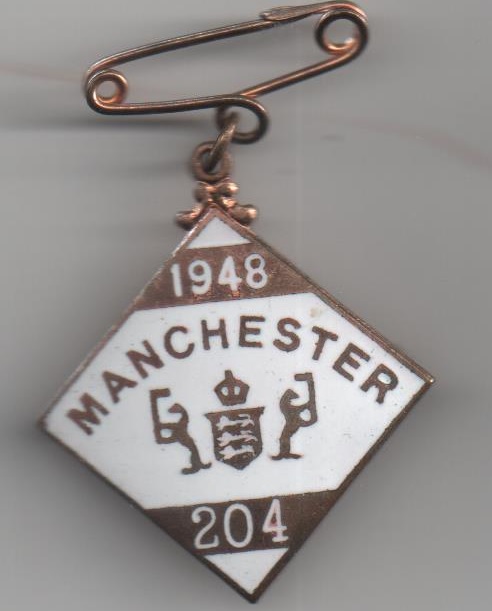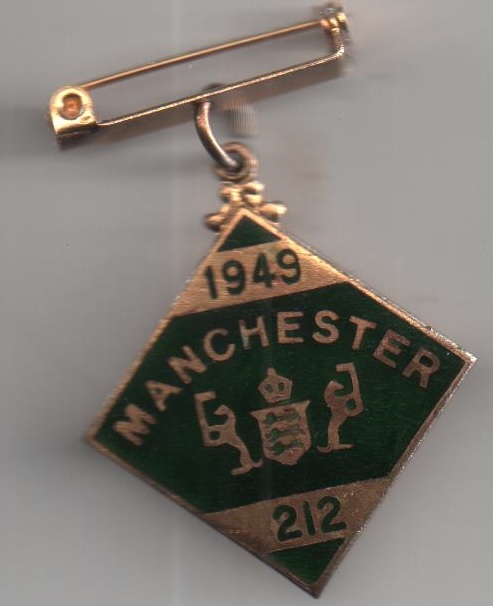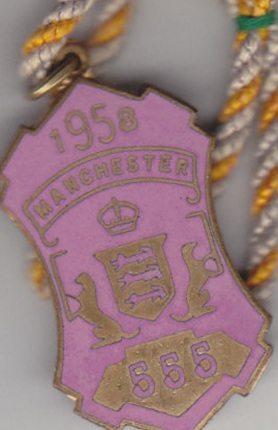Earliest meeting: Wednesday 26th May 1847
Final meeting: Saturday 9th November 1963
The first recorded noteworthy race meeting took place in Manchester at Kersal Moor in 1681, although it was 1730 before Baily’s Racing Register first provided detailed results from races held at Manchester. For a period from 1697 until 1701 the meeting took place at Barlow Moor, and may even have been staged at that venue as early as 1647. However, it was not until 1847 that the meeting first moved to Castle Irwell, taking place on Wednesday 26th May 1847 on a right handed track of barely a mile, remaining there until 1867. The Castle Irwell land was rented for £500 per annum from John Fitzgerald, MP, and a 1,000-seat grandstand was built, which served racegoers well until the lease expired in 1867. In that year John Fitzgerald, the owner of the land on which the racecourse stood, died and his son inherited the land and refused to renew the lease. From the meeting held on Tuesday 31st December 1867 until the 1901 meeting races took place at New Barns, Weaste, a 100 acre expanse in the Trafford Park region of Salford. Despite the land being marshy, leading at times to treacherous conditions, racing remained there until 1901, even after the death of John Fitzgerald in 1879. It was at this location that steeplechasing was first held in Manchester in May 1872, together with the inaugural running of the Lancashire Steeplechase in 1884. Three years later the November Handicap was launched, with the first winner being Polonaise. The full results of all Manchester November Handicaps are available on site. However, few were happy with the New Barns track and many sought an alternative venue. Enter Robert Lancelot Busby, born in Hampstead, London in 1880, who lived with an uncle, Charles Frail, following the death of his parents in the 1890s. In 1898 his uncle, a well-known figure in the world of horse racing, acquired 132 acres of land adjacent to the River Irwell in Salford - upon which was laid the foundation stone of the Club Stand for Manchester Racecourse in May 1901.
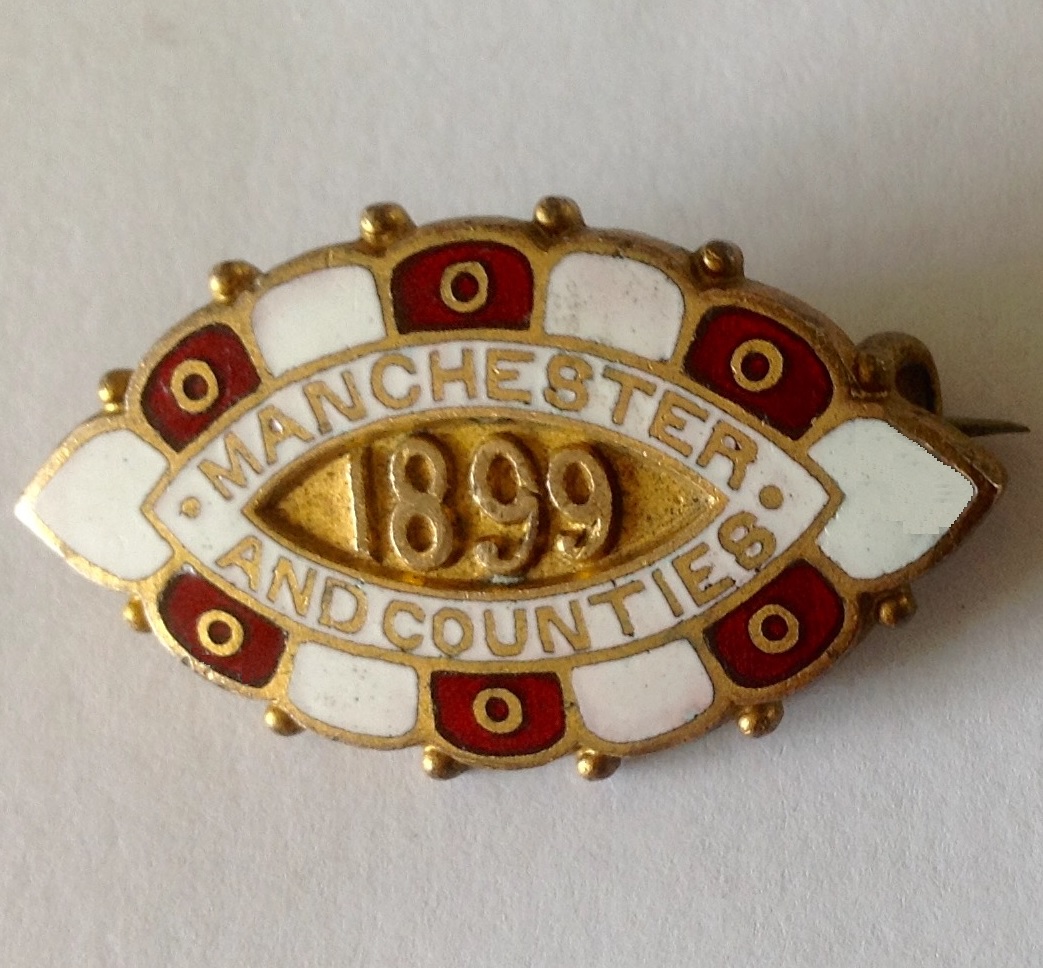
When the land at New Barns,Weaste was acquired by the Manchester Ship Canal Co in 1902 racing moved back to Castle Irwell after the race committee purchased that land from the executors of John Fitzgerald’s son. The inaugural two day meeting took place at Easter 1902 when the principal race, the Lancashire Chase, went to Fairland. Robert was appointed Secretary of the newly established racecourse in 1904. The course closed during the First World War, with racing resuming on Wednesday 1st January 1919. During the Second World War racing continued for the first two years, with the course holding the ‘New St Leger’ on Saturday 6th September 1941 when won by Sun Castle trained by Cecil Boyd-Rochfort. In 1961 the old grandstand was demolished and within a year a new one was opened; the future looked bright for Manchester, but how wrong people were. Developers saw the huge potential for the land on which the course was located and made a bid too large to refuse. The final meeting was staged on Saturday 9th November 1963.
Saturday 6th September 1732
Manchester £30 Purse
1. Spot owned by Mr Williams Wynn
2. Emma owned by Mr Bright
3. Wanton Willy owned by Lord W Hamilton
4. Farewell owned by Mr Jackson
11th to 13th August 1762
Manchester 2 mile Purse
Spinner owned by Honorable J S Barry
Camilla owned by Mr Coatesworth
Northern Jockey owned by Mr Coulson
James Whyte’s History of the British Turf notes that Manchester races were first established at Kensal Moor in 1681 and extend over 4 days in May, with another meeting in August. The course was one mile in circumference with a hill and fine run in. The races were:-
The Welton Stakes over 10 furlongs;
Manchester Free Handicap over 10 furlongs;
Manchester St Leger over a mile and 6 furlongs;
The Broughton Stakes over the St Leger course;
Manchester Hurdle Sweepstakes over 2 miles;
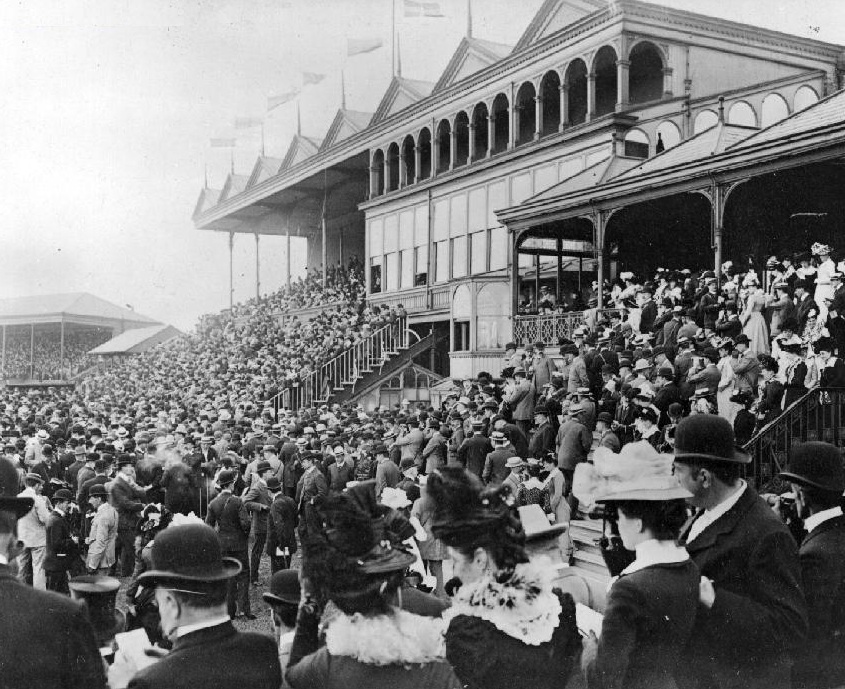
Robert Lancelot Busby was born in Hampstead, London in 1880, but lived with an uncle, Charles Frail, following the death of his parents in the 1890s. In 1898, his uncle, a well-known figure in the world of horse racing, acquired 132 acres of land adjacent to the River Irwell in Salford - upon which in May 1901 was laid the foundation stone of the Club Stand for Manchester Racecourse: Robert was appointed Secretary of the newly established racecourse in 1904.
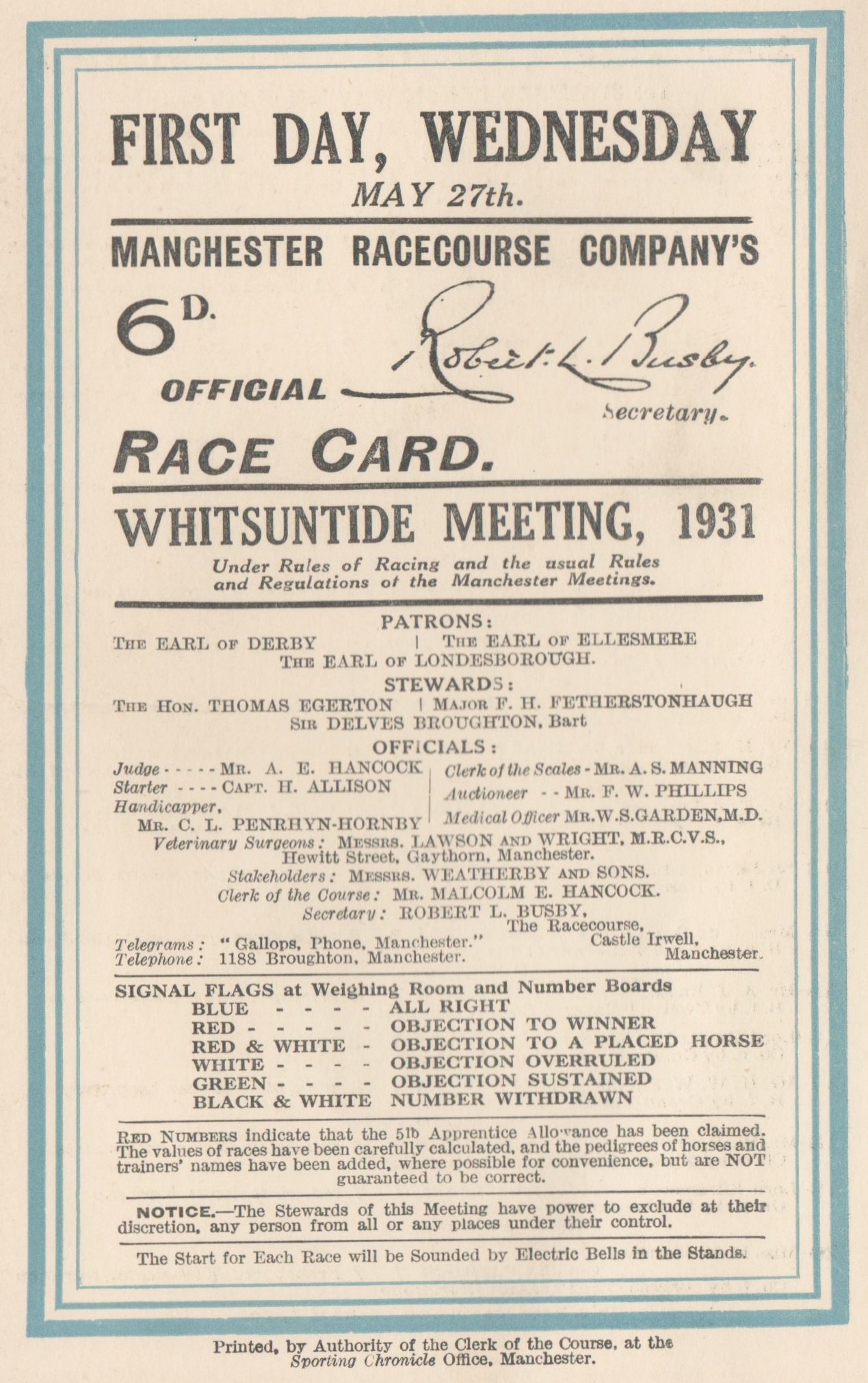
Wednesday 27th May 1931
ROYAL STANDARD
1. Truculent (6/4 fav) ridden by Gordon Richards
2. Spanish Main (8/1) ridden by Freddie Fox
3. Jacques Emile Blanche (100/30) ridden by Tommy Weston
4. Tilt (33/1) ridden by G Baines
5. Strongbow (10/1) ridden by C Ray
6. Sandals (10/1) ridden by Joe Childs
7. Trinidad (100/8) ridden by Joe Dines
8. Nushirawan (33/1) ridden by Keith Gethin
9. Plantagenet (33/1) ridden by J Sirett
10. John Beaufort (33/1) ridden by Steve Donoghue
11. Miss Jinks (100/7) ridden by K Robertson
The winner won by 5 lengths, with 1 ½ lengths back to the third
Note the dominance of Lords and Ladies as owners of the horses; Lord Derby, Lord Howard De Walden, Lord Astor, Lady Zia Wernher, Lady James Douglas, Lady Ludlow, Sir Victor Sassoon, Sir Abe Bailey, Sir George Hennessey, Sir Charles Hyde
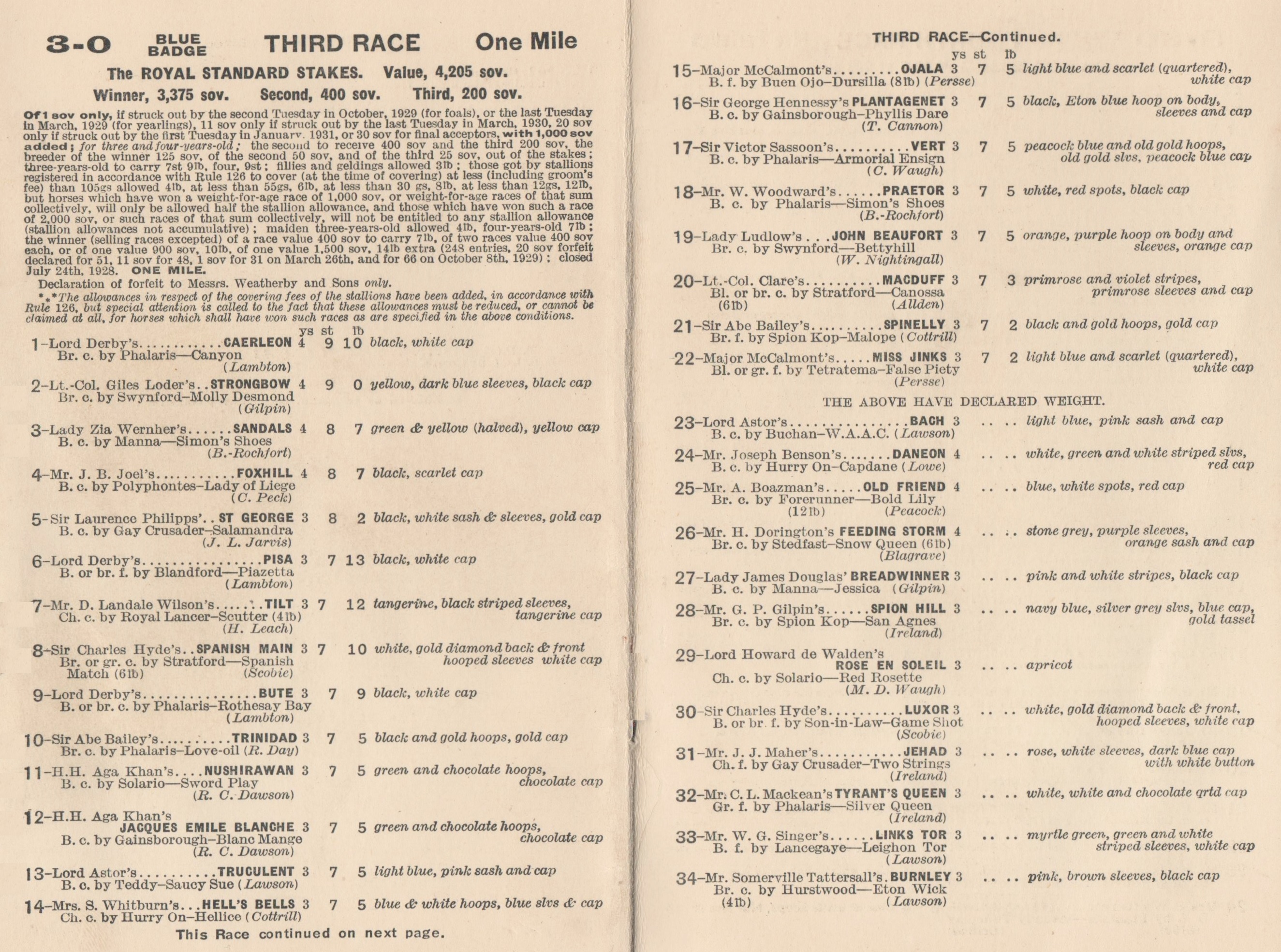
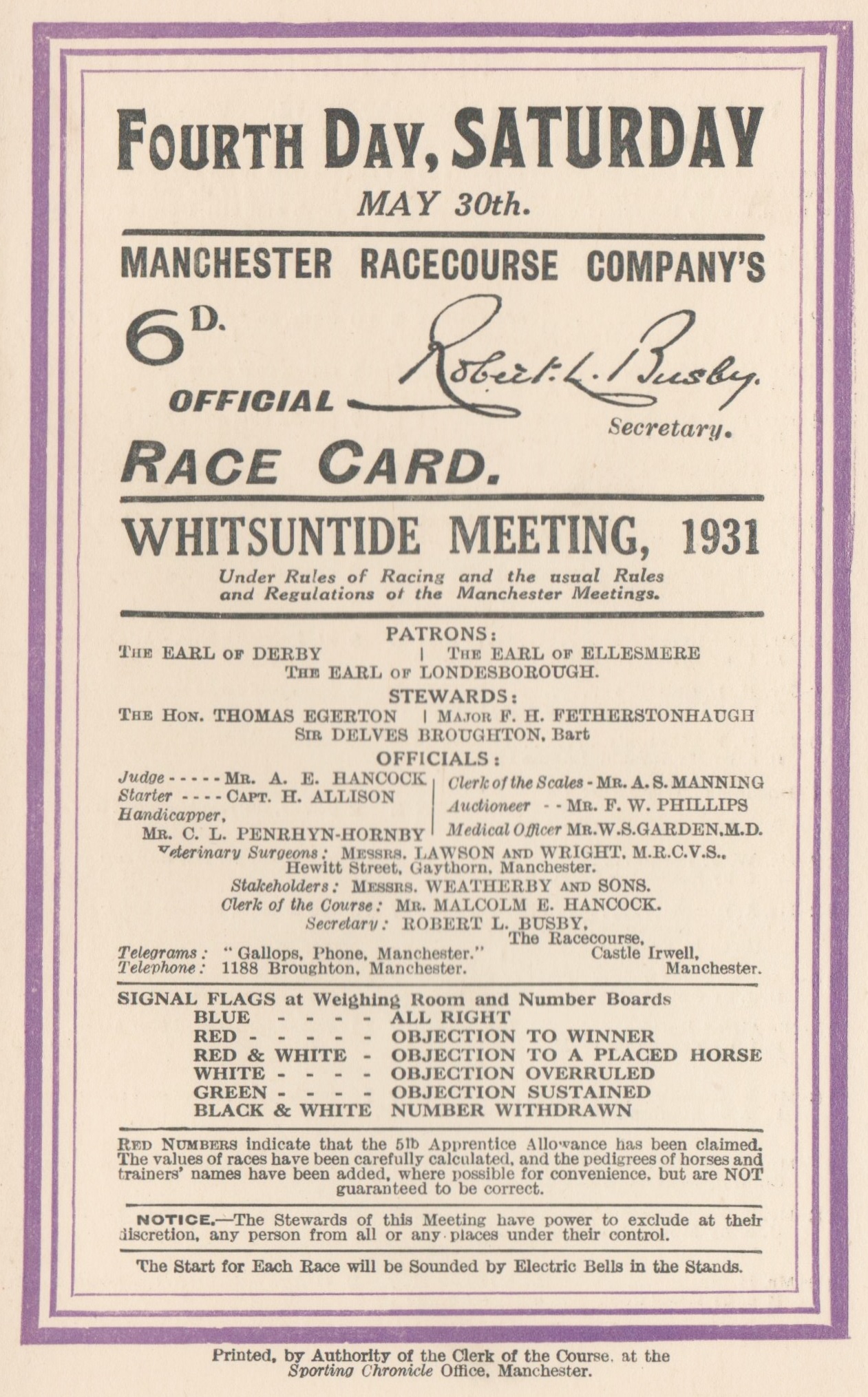
Saturday 30th May 1931
RED ROSE STAKES
1. Santilio (10/1) ridden by Harry Wragg
2. Lemnarchus (5/6 fav) ridden by Freddie Fox
3. Bute (100/8) ridden by Tommy Weston
4. Charlwood (100/6) ridden by Gordon Richards
5. Tyrant’s Queen (100/6) ridden by M Wing
6. Macduff (10/1) ridden by Steve Donoghue
7. Solferema (8/1) ridden by P Beasley
8. Straverna (8/1) ridden by T Lowrey
9. Shell (100/6) ridden by Billy Nevett
Note the famous jockeys of the day, Gordon Richards (not yet knighted), Steve Donoghue, Freddie Fox, Harry Wragg, Joe Childs, Keith Gethin and Billy Nevett
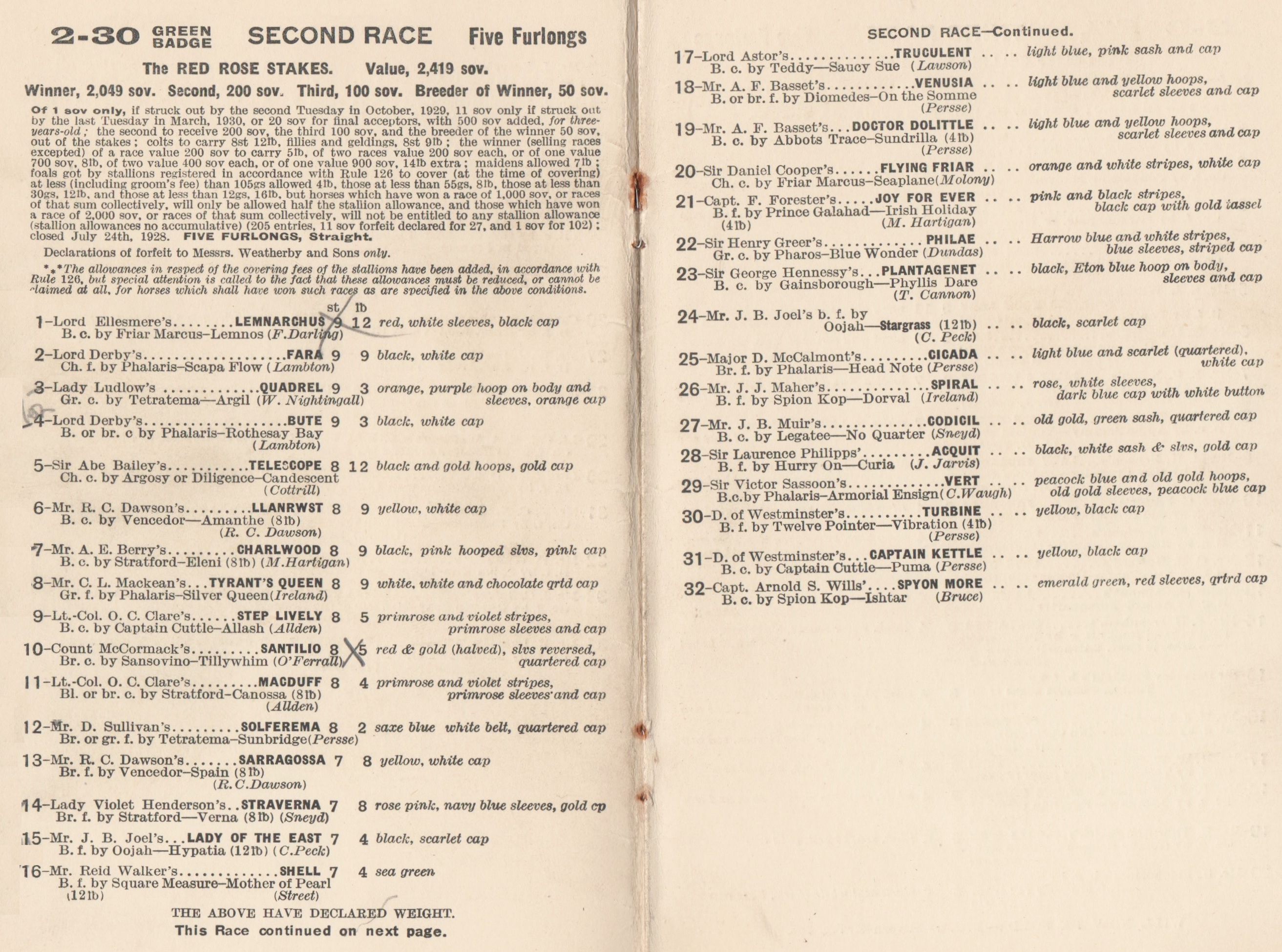
Saturday 6th September 1941
The New St Leger Stakes over 1 ½ miles
1. Sun Castle ridden by G.Bridgland
2. Chateau Larose ridden by R.A.Jones
3. Dancing Time ridden by M.Beary
Betting: 11/2 Chateau Rose, 6/1 Owen Tudor, 10/1 Sun Castle
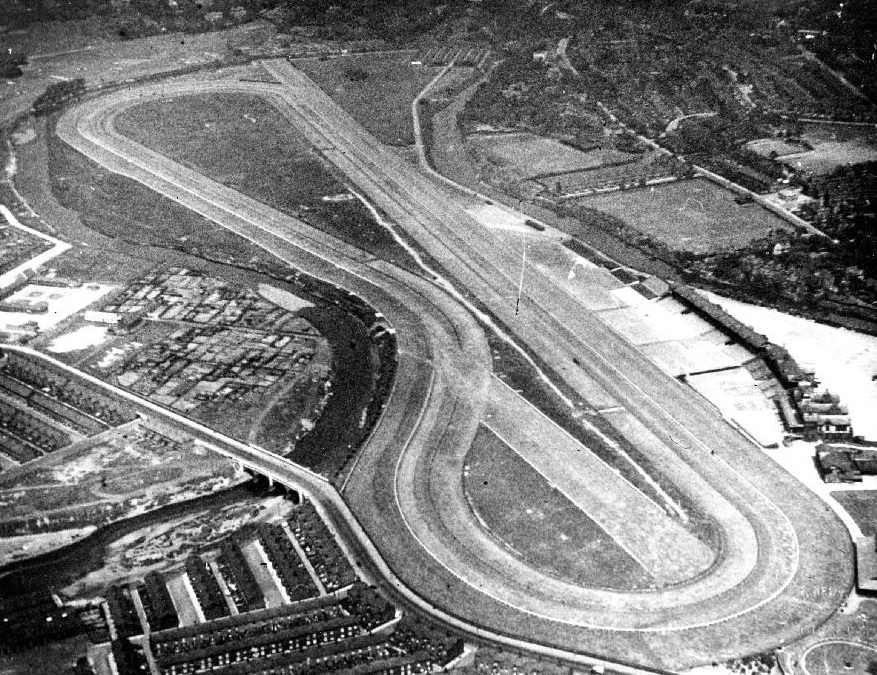
The meeting moved to Castle Irwell for the last time in 1902. The final meeting took place on 9th November 1963
Geoff writes the following personal memories of a course he quite clearly, dearly loved and misses very much:-
“I started going to Manchester Races in 1961; on my first visit Doug Smith rode a five-timer. I went to every meeting from that day to the last day's racing in November 1963. That day the famous Prince Monolulu was chanting 'I've gotta hoss'. Maybe it was one of Lester Piggott’s who needed five winners to overhaul Scobie Breasley for the jockey's championship. Unfortunately he only managed three winners, the last one being Fury Royal in the day's final race. The racecourse matched any course in the country in my opinion, and I’ve seen a few; not dissimilar to Haydock Park only Haydock is left handed and Manchester was right handed, I see they are thinking of building a new course, they should never have closed the old one as it was one of the best tracks in the country. Sadly missed by me and many hundreds of others”
I am also grateful to Nick Ritchie for providing a link to his excellent article on Wikipedia https://en.wikipedia.org/wiki/Kersal_Moor
which provides an even more detailed indication of where the old course was situated. He further states that Castle Irwell is about a mile or so to the south east of the moor and the New Barns course was in Weaste, a couple of miles to the West.
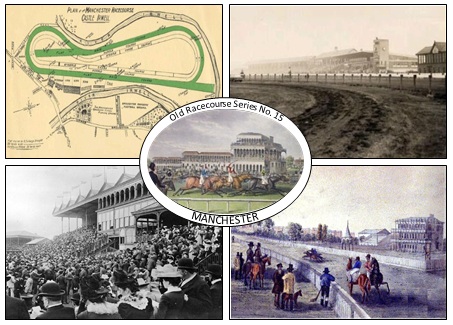
I am grateful to James Watson, a PhD student at Salford University, for noting that ,'The strip where all the stands/tattersalls were have been concreted over and used as a car park for over 40 years (or built on by student accommodation), whilst the paddocks and stables have become very overgrown.'
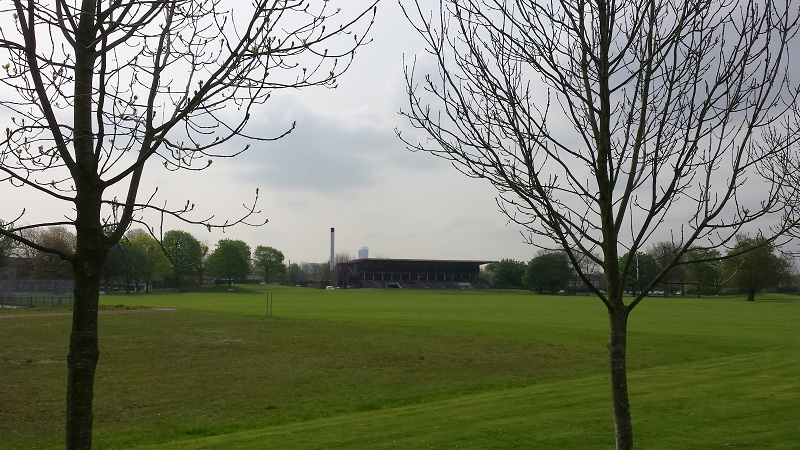
The photo above, courtesy of Nick Ritchie, is taken from the middle of the former course looking South towards the old pavilion.
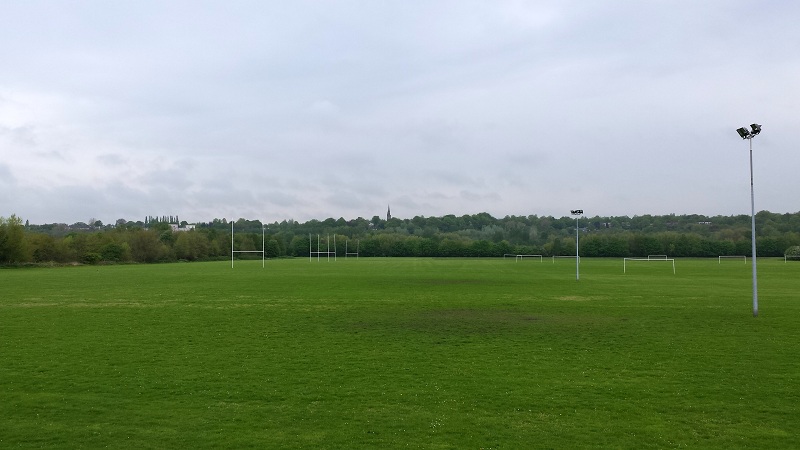
The above photo was taken by Nick Ritchie and is looking across the playing fields to the North.
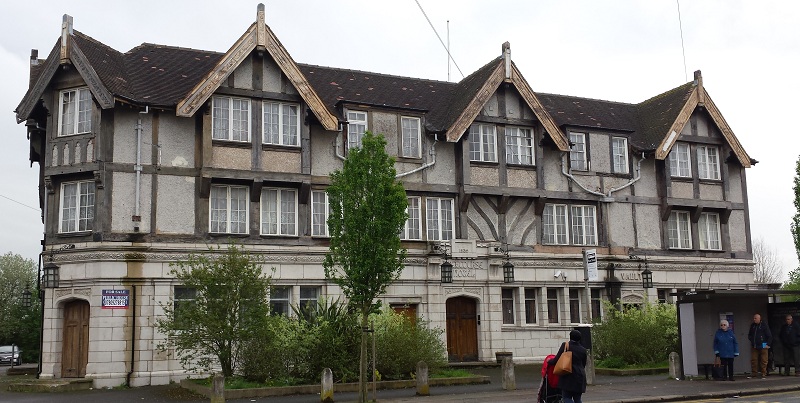
The photo shown above is of the Old Racecourse Hotel which opened in 1930 and had stained glass windows in racing colours. Many jockeys stayed in it overnight, but it closed in 2013.
The rare handbill shown below is provided courtesy of the Robert Shaw collection.
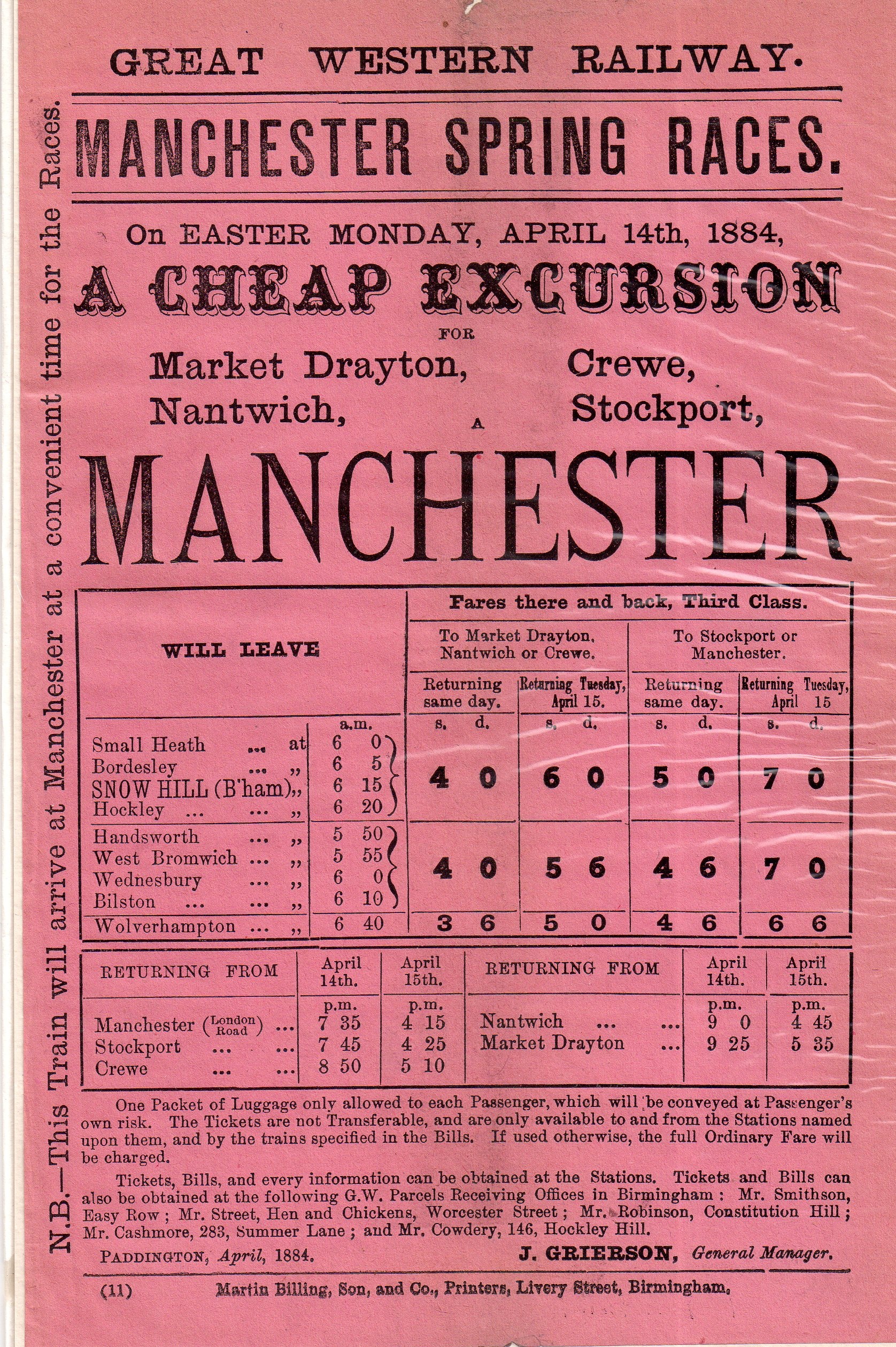
For further reading about Kersal Moor I can recommend 'Our Turf, Our Stage and our Ring' by Richard Right Proctor which was written in 1862. Reprints of the book are available on www.abebooks.co.uk
If you have photos, postcards, racecards. badges, newspaper cuttings or book references about the old course, or can provide a photo of how the ground on which the old racecourse stood looks today, then email johnwslusar@gmail.com
Much of the information about this course has been found using internet research and is in the public domain. However, useful research sources have been:-
London Illustrated News
Racing Illustrated 1895-1899
The Sporting & Dramatic Illustrated
Northern Turf History Volumes 1-4 by J.Fairfax-Blakeborough
The Sporting Magazine
A Long Time Gone by Chris Pitt first published in 1996 ISBN 0 900599 89 8
Racing Calendars which were first published in 1727
